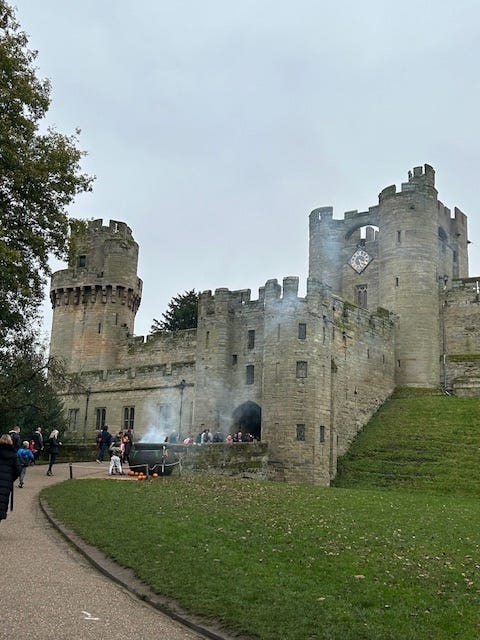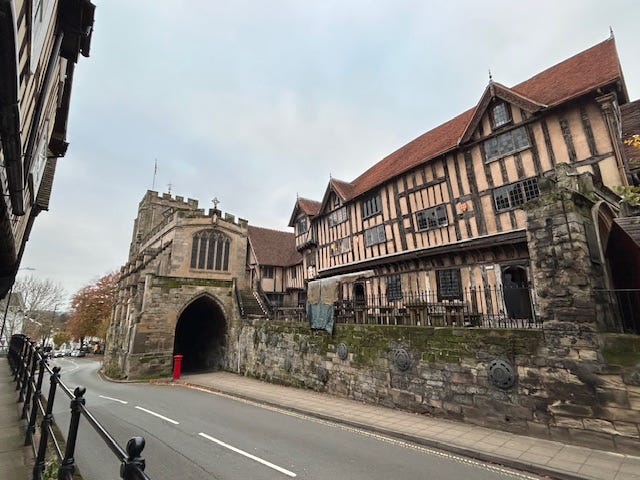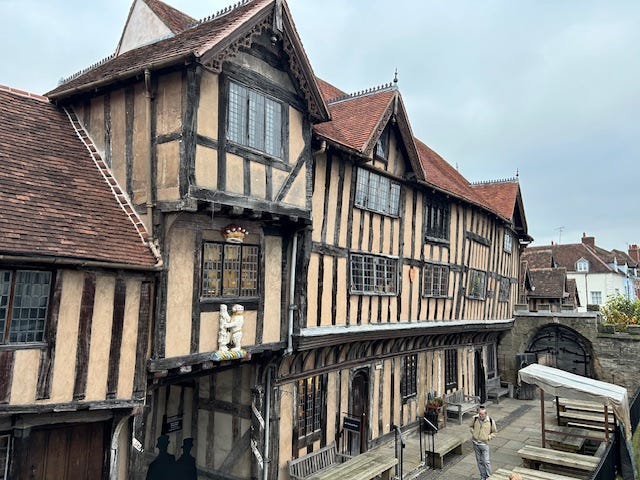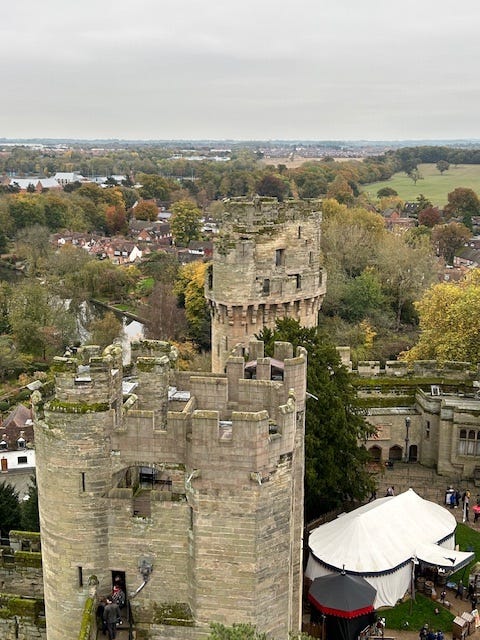M and I attempt to enter The Body Shop. The guy inside shakes his head and waves his hand no.
“It’ll take us five minutes to clean”, he says, harried.
It is only then that we notice excrement smeared across the window. It looks human. I retreat to a bench and sit in the sun as a council van trundles along the pedestrianised shopping street and pressure washes the entrance.
When we are inside the shop, the attendant apologises for the wait. We find out that this is not unusual - most mornings she arrives to find exactly this at the staff entrance.
“It’s a first for the main entrance though,” she says with a combination of resigned amusement and sadness. “It was used needles by the back door before this.”
M’s son mentioned the night before that homelessness seems to have risen sharply in Leeds in the last few months, as it probably has done across many towns and cities. I wonder what happens to people in their early lives, what sets of circumstances they face to end up in such extreme, desperate situations. Then I think that it probably doesn’t take much given how fragile services currently are alongside the high cost of living. I think briefly of the young people I work with and all that they face and shudder at the thought that this could be them in a few years.
I have a visceral dread of being homeless, of having no sanctuary or shelter. I find it horrifying. I have a memory once of wandering around central London, drunk, crying down the phone to my mother, convinced I would never find my way home.
It is not lost on me that in the face of this deprivation, I have been eating my way around Leeds for the two days we have been here, exploring its markets and restaurants. The masala dosa I had in the corn exchange was the best thing I have eaten in months. I could almost hear a host of angels singing as I stuffed samba and lime pickle into my mouth, marvelling at how it’s the simple things we often take for granted that bring me the most pleasure the older I get. Yet the ‘simple pleasures’ might well be beyond reach for the neediest in our society.




From Leeds, we head to Warwick for a couple of nights. At the top of one of the towers on the ramparts of the castle, we gaze out over fields and houses. I wonder how much this view has changed since the castle was first established over 2000 years ago. Historians have discovered that there has been a fortress on this site since 914, when Aethelflaed, daughter of Alfred the Great established a settlement here. William the Conqueror built a wooden fort in 1068 and The Mound remains the oldest surviving part of the castle. I feel slightly overwhelmed thinking about how many feet must have trodden these pathways before me with all their different lives and stories.
The dungeon is a small, damp space with a suspicious looking human-sized hole dug below ground level. Manacles remain in the wall and there are some horrifying statistics about how many people were once cramped into this stifling, airless, grim square of stone. I don’t stay for long, chilled to the core about why people may have been put in here.
As we emerge into the chill light air, we head over to the Falconry. The birds are utterly majestic. They swoop low over our heads, their grace and power taking my breath away. The barn owl looks light as polystyrene, the delicate markings of his face clearly visible as his wings skim human heads. We learn that harris hawks hunt in packs and are matriarchal, their dark brown feathers swoop low, below intelligent-seeming eyes. Then, there is the condor. An audible gasp from the people watching as she flies over the lake. We are told that she has a wing span of over ten feet and lives on carrion. Lumpy and heavy on the ground, she is awe-inducing when she takes to the air.
I am unsure about the ethics of keeping these birds yet I don’t know what the alternative is now on our depleted, weary planet. Are they happy? Do they miss freedom? Even if they were born in captivity, is this loss lurking somewhere within their DNA? They have brought me joy today but I am left wondering about how happy they are with their captive lives.
The castle is busy and it is with some relief that we escape the crowds and head to the smaller, quieter Lord Leycester hospital. The chapel dates back to the 1100s and the Guilds built a centre here from which to govern in medieval times. During Elizabeth I’s reign, her favourite, Robert Dudley, converted it into a home for deserving military figures. It continues to this day.
Before we enter, we meet one of the ex-soldiers who lives here. He is dressed incredibly smartly, in a grey coat, black, shiny shoes and crisp shirt. He tells us about his life. He used to be a Chelsea Pensioner and now lives here helping to guide visitors and share the history of the building. He has dark eyes, with a twinkle evident, and I am delighted to learn that his name is Alan, the same as my Uncle’s was.
M and I wander around this quiet space, gazing at the wonky, mustard walls and ceiling beams. We giggle as we dress in the medieval outfits left on a rail in the Great Hall and photograph ourselves, trying to look serious. Apparently, the guilds, as well as governing and managing business affairs, used to use this as a base to house travellers and provide support to the poor. I read briefly about this building only escaping destruction in the Reformation as someone was shrewd enough to transfer ownership into private hands. I wonder how much desperation and need must have increased after the destruction of the monasteries and the obliteration of many charitable interventions. Would today be different if this hadn’t happened? The current reliance on food banks and charities against a backdrop of empty second homes or Air B and B rentals seems particularly horrifying.
We emerge into the twilight and take pictures of the house from across the street.
A few weeks later, I sign up to make regular donations to Shelter as the chill in the air deepens and frost creeps across the car windscreen. It doesn’t feel like enough. A start, maybe.



